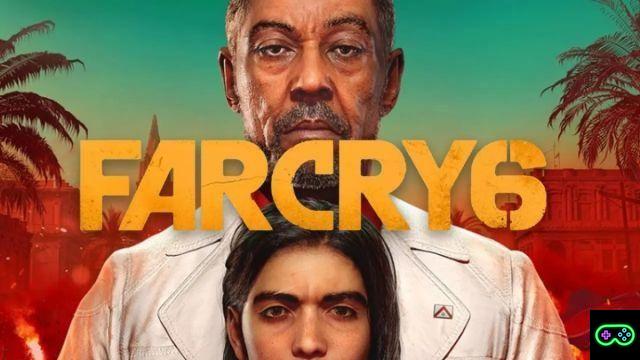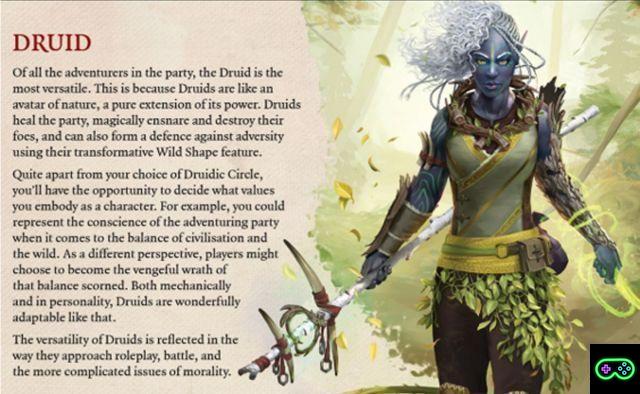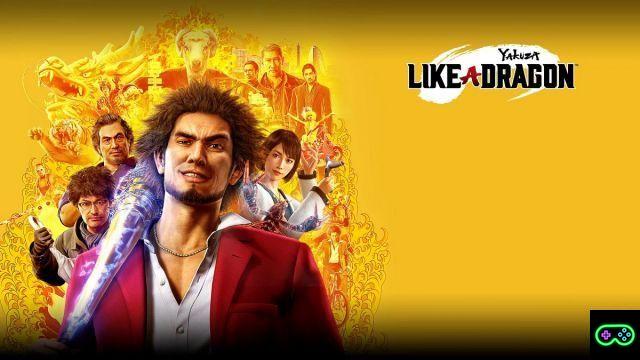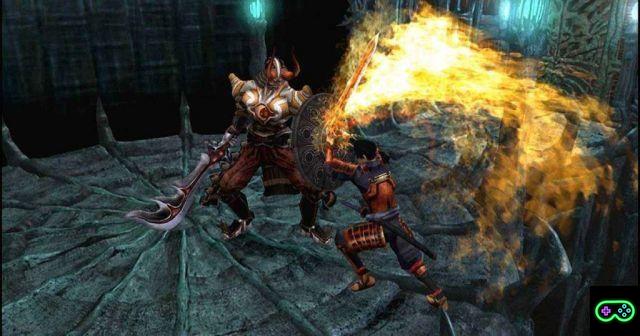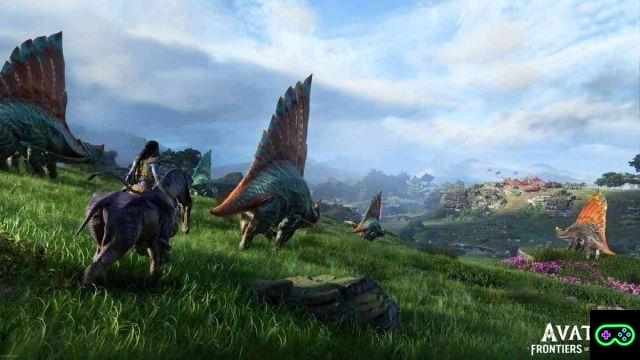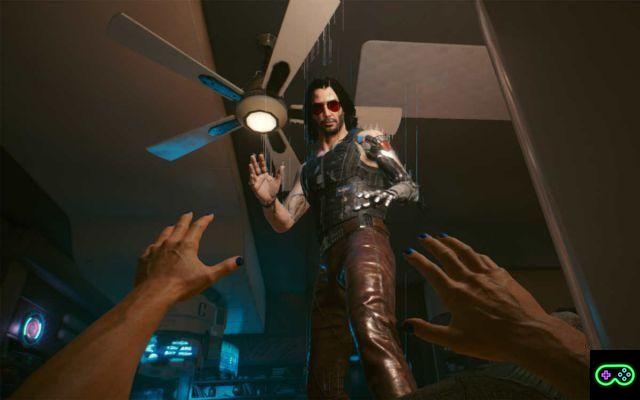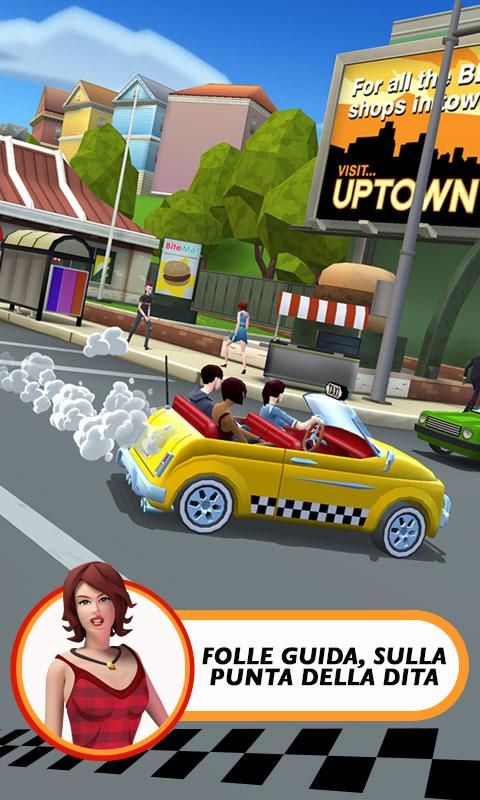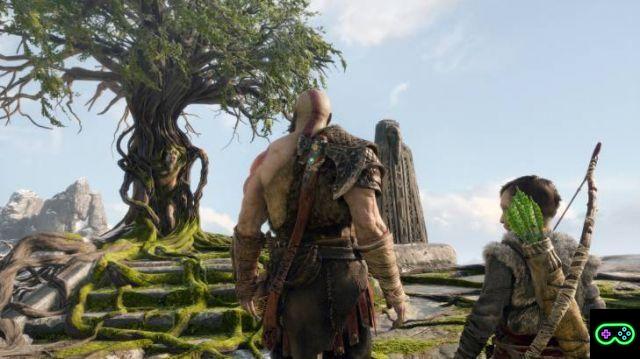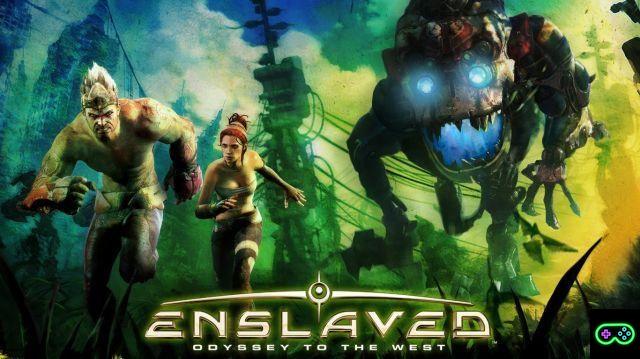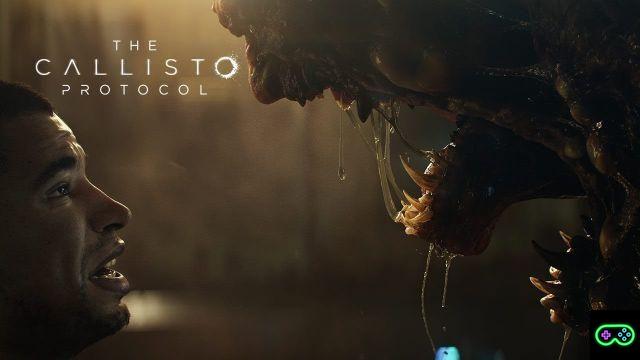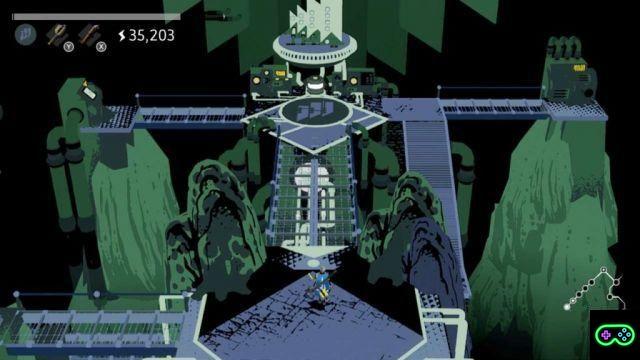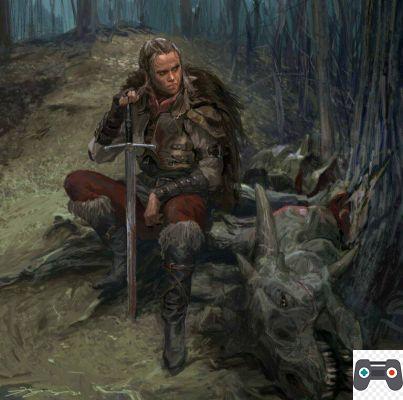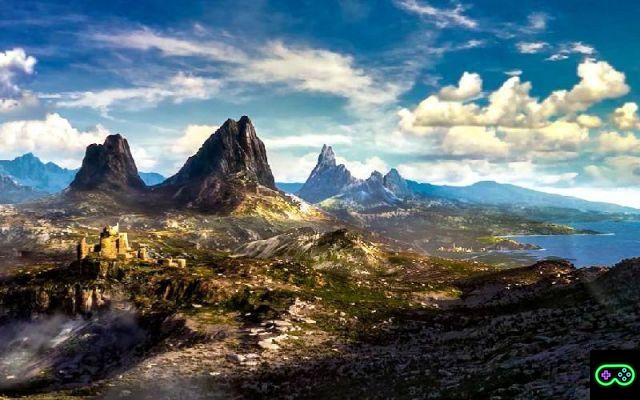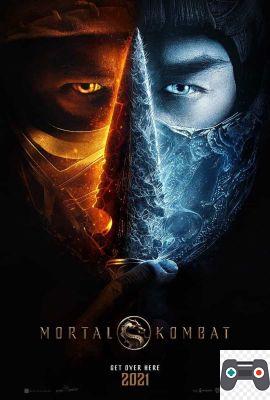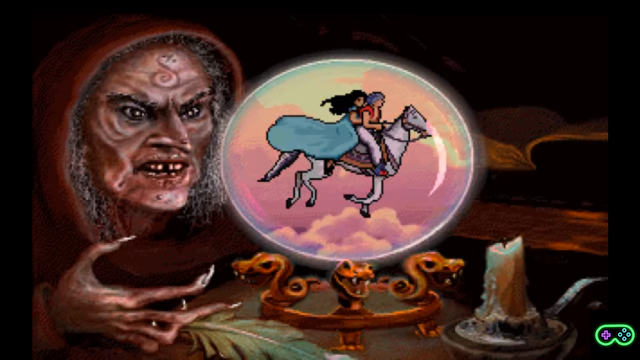Artisan Studios is a software house that we will surely remember over the coming years for the incredible graphic quality that it inserts into its titles. The Canadian team, with this Astria Ascending of which we bring you the review today, has managed to put together enough beautiful things to make us dream of an idyllic collaboration between them and the Japanese giants of Vanillaware.
Astria Ascending it is not Artisan's first project, on the contrary, it is perhaps the culmination of a path that led them to work on a medium / low budget title completely original. The Canadian team has made themselves known in previous years for having worked at Super Neptunia RPG, spin off of more self-deprecating saga in the world of Japanese turn-based games by Compile Heart e Idea Factory.
This time, however, the tutelary deities that accompany the development of the game are much more important: Kazushige Nojima e Hitoshi Sakimoto, both known for giving something to the Final Fantasy saga, they both collaborated on script and soundtrack respectively.
Password: Worldbuilding
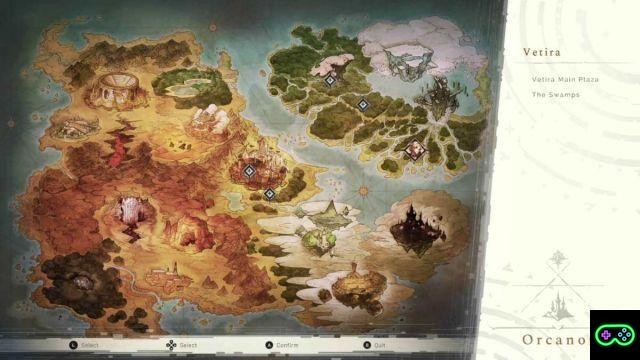
Astria Ascending is set in Orcanon, a crazy melting pot of different cultures and races where there is a complicated but possible coexistence between all the inhabitants present. This meandering diversity is fully represented by the group of protagonists who animate the events of the game: the demi gods.
From the very first moment of the title's life, one thing is understood: the title wants to break away from several of the typically Japanese stylistic features by proposing a more mature and unified vision of the role-playing adventure made famous by Dragon Quest and Final Fantasy. The start in medias res immediately puts the player at attention, immediately delivering him into his hands well eight different protagonists, each with its own class, its own character and a relationship with the other playable characters.
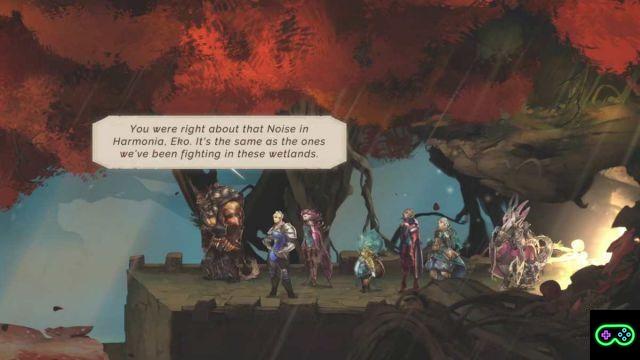
These eight protagonists, as already mentioned part of the demi gods, in the worldbuilding of the game are considered a real group of world saviors condemned, however, to a premature end. In fact, when we come into contact with them, ours only have three months left to live and they start a celebratory phase of their career.
Or, at least, that's what the start of the game lets us think about. Clearly, things are not going as they should and, right away, our team will be called upon to solve problems scattered throughout all five main locations in the game world, exploring dusty sewers, crumbling caves and dungeons of all kinds. The design of the latter, incidentally, is a bit subdued with puzzles and platforms that are interesting, but integrated within predictable structures that never add a concrete feeling of danger to the exploration.
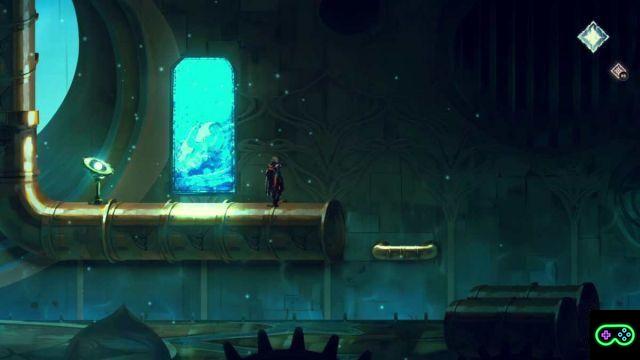
In the unraveling of the narrative, in short, our "as usual" will follow a path that will take them much further, touching a rather epic story. This time, in short, Nojima saw it right and collaborated on a script that came out just fine, with an interesting and interesting character writing in pole position. matura, a feature that unfortunately is always lacking in the genre.
The cast of Astria Ascending, in fact, is a cast composed mainly of adults which thank god they behave as such. This allows, in the vast majority of cases, to have to deal with one clever writing, with characters sinterestingly writtenand with some issues addressed that go beyond the usual slightly indigestible triad of the classic JRPG. Our protagonists, while not shining for realism, are credible and have internal tensions due to racial prejudices or unresolved conflicts; the cast, although it is a bit indigestible at the beginning thanks to the non-gradual nature of the thing, in the end it becomes an interesting motivation to continue.
The narrative sector, unfortunately, is crippled in its use by two rather hateful flaws: it is not possible to speed up or skip part of the dialogues and, even worse, the English dub of the title is devoid of bite. If the second problem can be solved simply by setting the dubbing in Japanese from the options menu, the first problem will force the player to have to "enjoy" a lot of conversations which, although interesting, they weigh down the rhythm in an asphyxiating way in the very first sections. The end result is therefore indigestible, with a excessively staid pace of play which makes it difficult for non-enthusiasts to enjoy the work.
Press turn default system? Tipo.
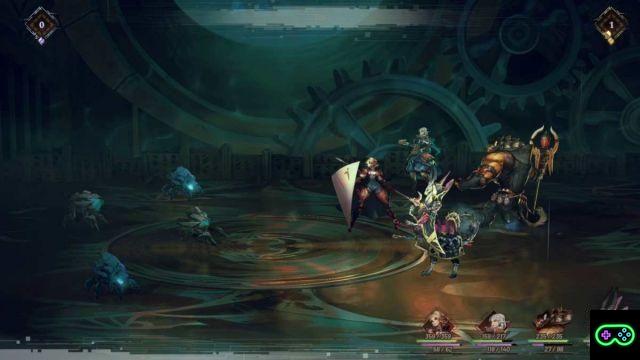
Fortunately, from a playful point of view, Astria Ascending is a particularly deserving product.
Astria Ascending offers classic turn-based battles that seem to hybridize two different battle systems: on the one hand the Press Turn System di Shin Megami Tensei e Person, on the other hand we find the Brave And Default System di Bravely Default (later declined in Octopath).
The turn-based combat, in addition to the classic HP, MP and altered status, requires the presence of a resource called Focus Point. Obtaining these points is linked to the elements we impregnate our attacks with or to the use of a specific command. Attacking an opponent with an element to which it is weak will allow us to obtain two focus points, attacking with an element an opponent who has partial protection to it will take away one, if the element is absorbed we will lose two focus points and so on.
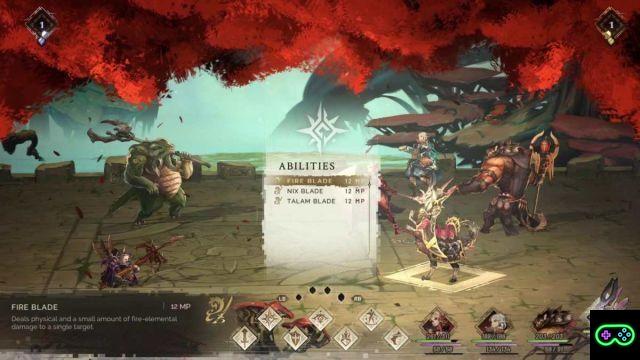
What is the use of focus points?
They can be spent during the course of all turns to significantly enhance our abilities or our attacks, creating a very interesting game system in which the player is required to actively program the attacks in order to maximize damage or attacks. skill effects. All these elements then sublimate in the special moves, here defined as Cosmo Break, which require the player to use a move suited to their job.
This game system is very funny and gives the best of himself in the battles against the bosses in which our reasoning is put to the test.
The Astria Ascending growth system is just as interesting and is a variation on the classic Job System theme. The progression of the character in this class takes place through the expenditure of a resource called JP, which is accumulated from battle to battle and is even more varied when secondary jobs arrive, guaranteeing great freedom of choice to the player.
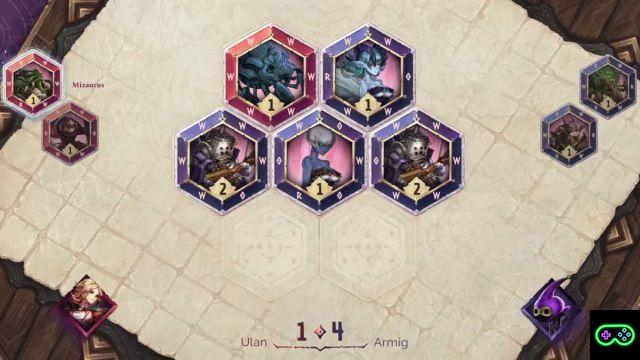
We would also like to stay here and talk a little bit about J-Ster, card minigame that actually looks like an evolved version of the Triple Triad of Final Fantasy VIII and which on balance is actually an interesting addition to the title. There are rules that vary according to one's position in the world, there are skills to transform monsters into these tokens, there are very strong players hidden everywhere; excellent pastime between an inskippable dialogue and another.
A little less well are the other secondary activities, a little drowned by a little dull writing but which, in the end, act as fun fillers.
A question of sign
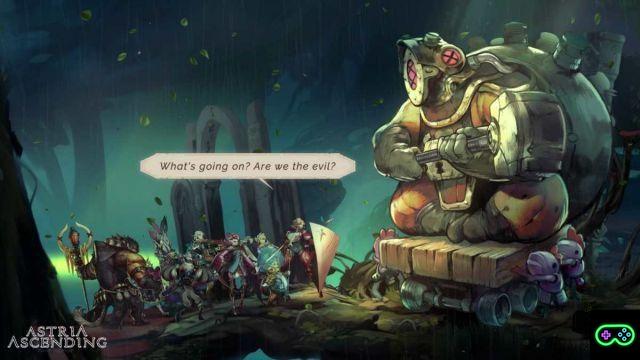
Last but not least, let's talk about the element that will surely have satisfied the greatest number of players who have seen these lines: the graphics.
Astria Ascending is a video game with two-dimensional graphics deeply influenced by the stylistic and sign choices of Vanillaware. The sprites of the characters are huge, drawn in a superfine way with patterns of idle animations (animations that the characters perform when they are stationary) that closely recall the goodness we saw in Guilty Gear Strive. The color palettes used to describe Orcanon are pastel-like, using the nuances wisely and using a very delicate graphic stroke to paint lush orchards or multi-ethnic cities. In battle, the animations of the various skills are made with care, intelligently communicating the power level of the various skills, complete with pyrotechnic Cosmo Breaks.
Unique Negative point of the graphics sector: some animations which occur during movement, especially in jumps and mid-air movements, seem to have been cut fairly with the ax; the effect is unpleasant when compared with the general goodness of the rest.
Note of merit for the sound sector, with a Sakimoto that puts together convincing melodies and orchestrations using, moreover, a library of timbres that closely recalls the Playstation 2 era, for a nostalgia effect that we were really pleased to hear in this case.
Conclusions
Astria Ascending is an old-fashioned JRPG with many beautiful ideas, a flawed realization and a pace hostile to fun. Despite this, we feel we can reward the efforts made by Artisan Studios for the realization of the product which, on balance, will surely make its way into the hearts of fans thanks to its graphics sector, its deep gameplay and its interesting narrative.




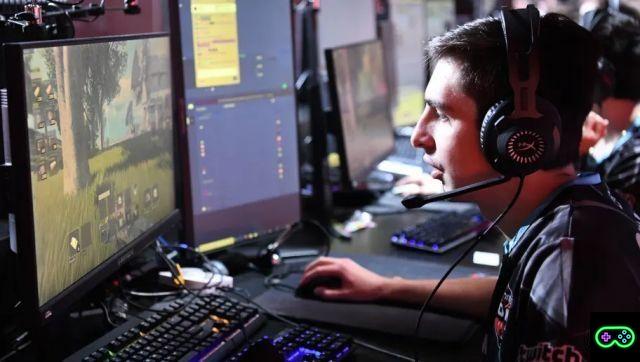
![[The Bear's Lair] God of War: Betrayal and Greek mythology](/images/posts/17432d3b12ecfec44b0b855d20c7520f-0.jpg)
